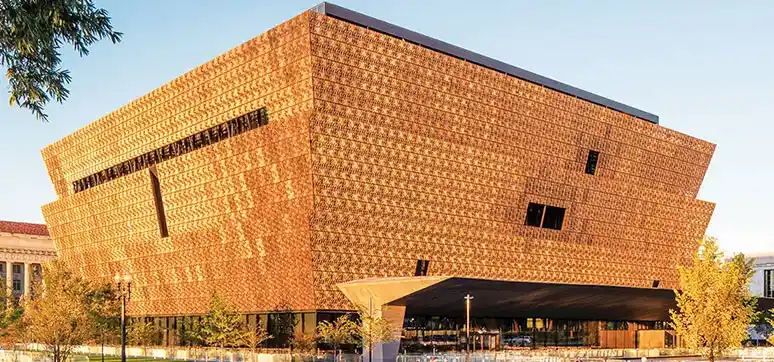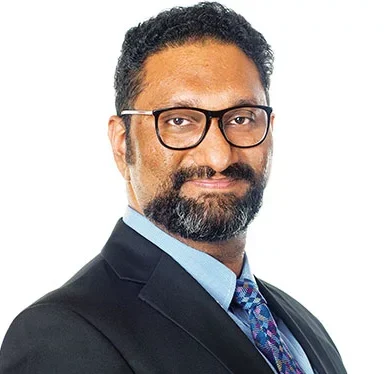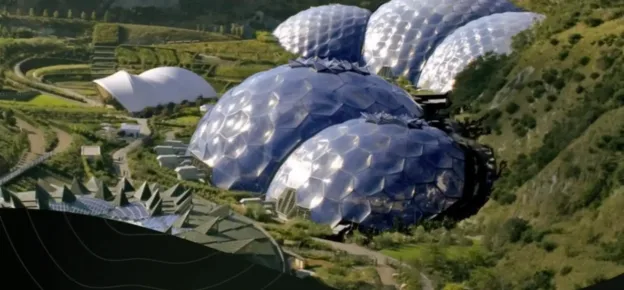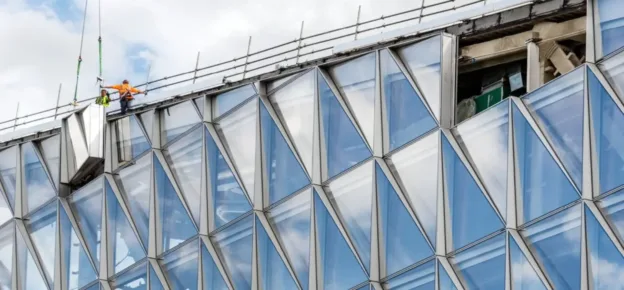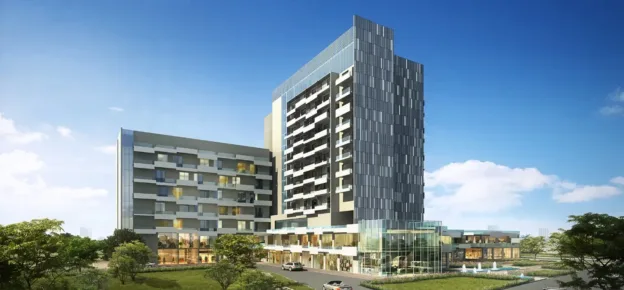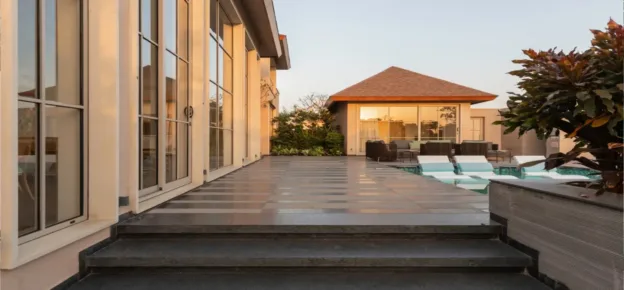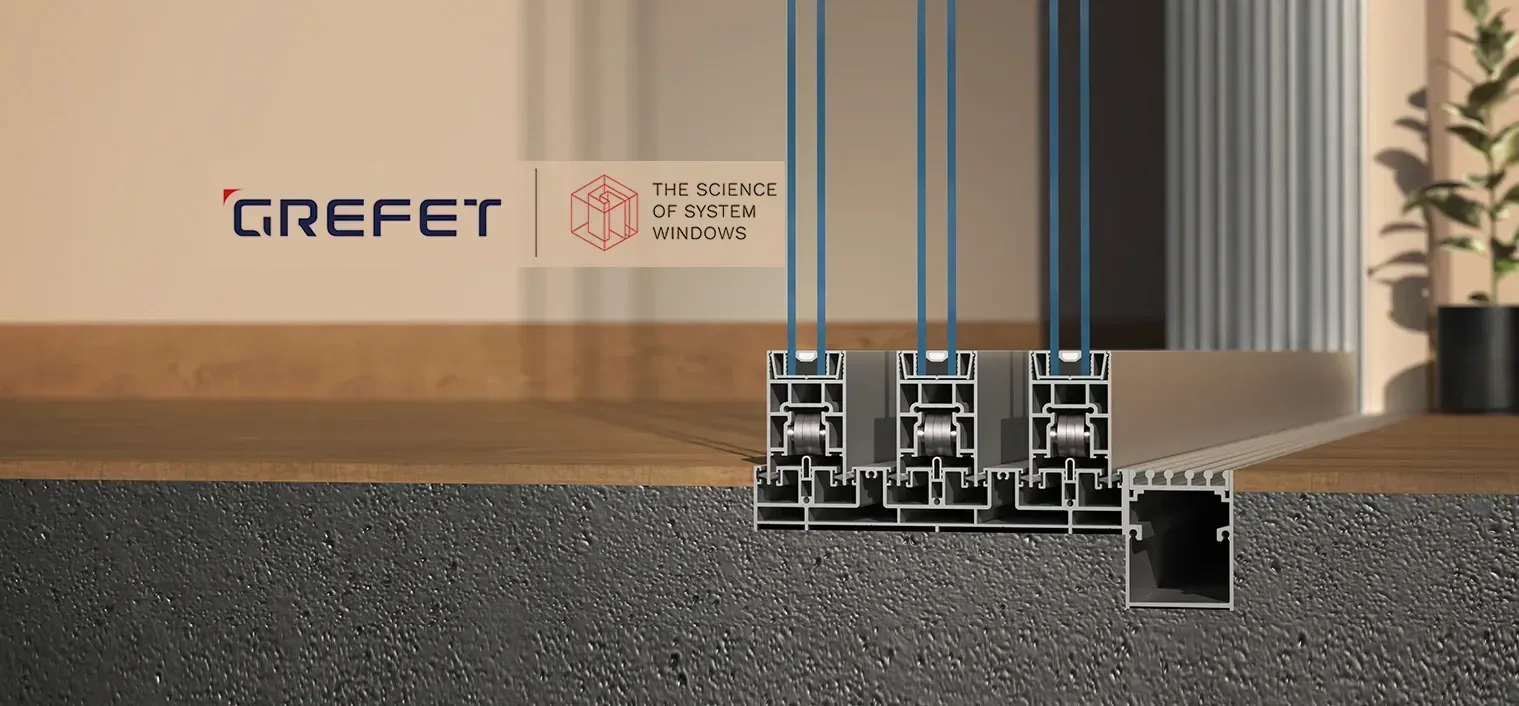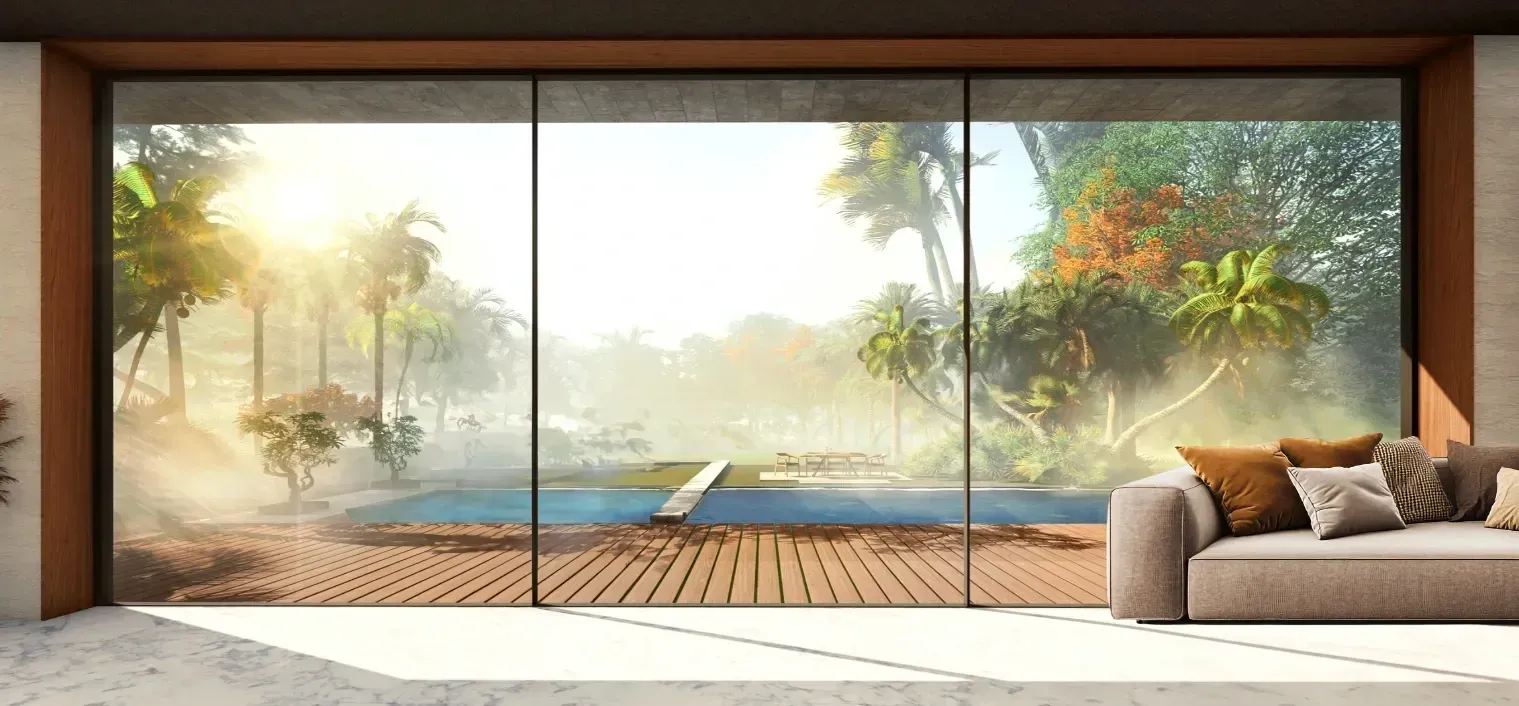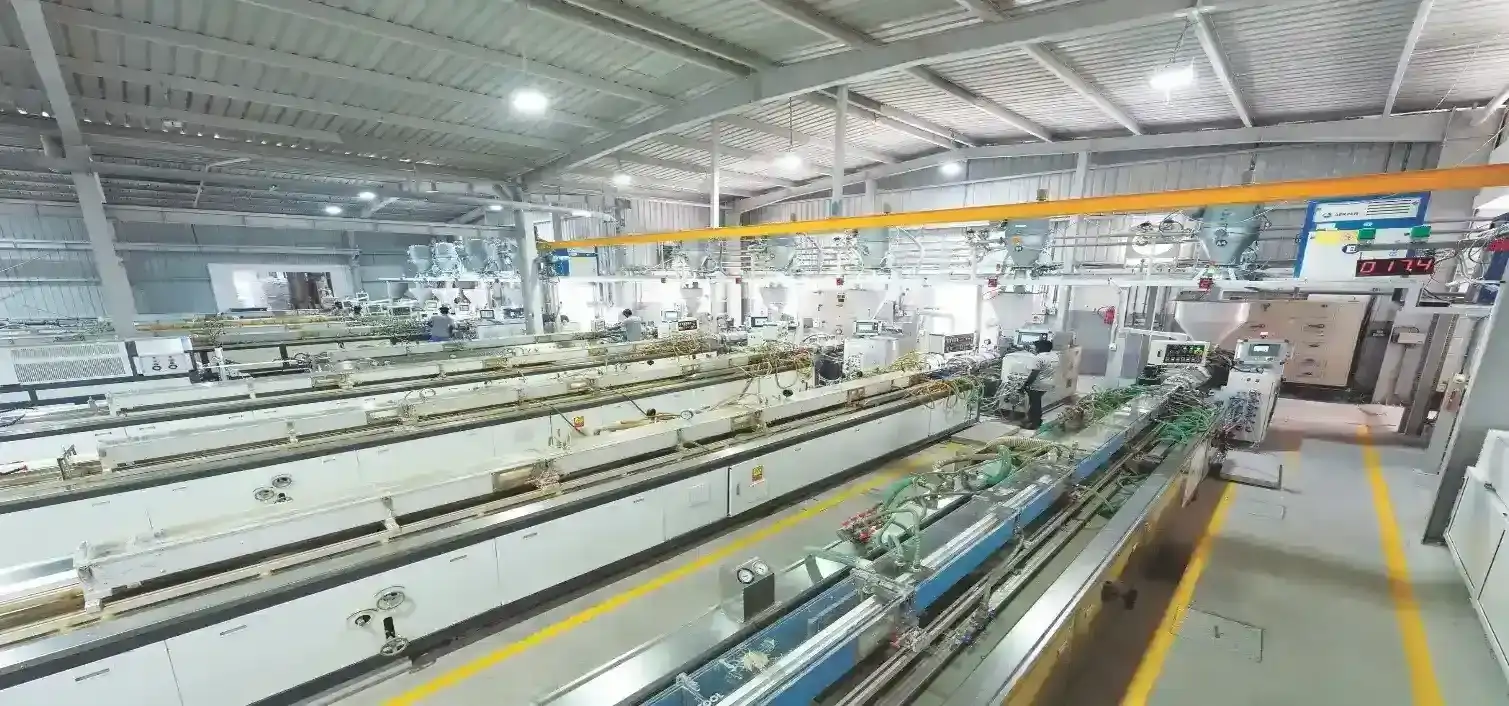In the last few decades, architectural language at a global level has given more importance to the ‘transparency’ and ‘lightness’ of building spaces – influencing and driving the Middle Eastern world towards a flattering glazed built environment.
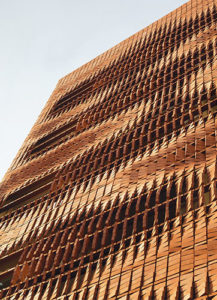
The question I then pose is this, to what extent fully glazing facades, in particular the buildings that claim to be ‘green’ and ‘sustainable’, are actually concerned about the environment? The Middle Eastern cities have become a jungle – a jungle of concrete, steel and glass. The architecture here is primarily influenced needlessly by concepts from predominantly the Western world. We must remember that most of the iconic designs have been developed by expatriates. One of the most difficult problems for expatriates in the Middle East is their relative lack of experience of the public realm.
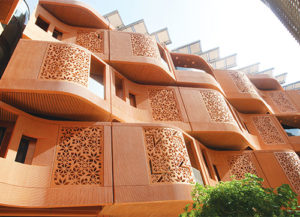
I often wonder why is any element of existing heritage of the Middle East, be it cultural or spiritual, is always identified with the past, while the image of ‘progress’ is always borrowed from elsewhere.
This process of disassociating from one’s own heritage is detrimental in the long run.
Glazing façades were initially possible only due to the development of powerful cooling systems, otherwise, these buildings would have been uninhabitable, especially in warm regions such as the Middle East. Forgive me for not elaborating on the enormous amount of energy required to run the air-conditioning to compensate for the added heat loads through the glass. A building enveloped with glass acts like a solar cooker. Remember, that the property of glass is to allow in heat (short waves) and not allow reflected heat (long waves) back out.
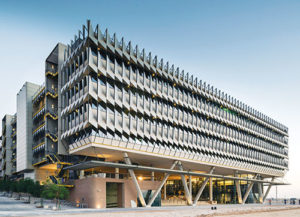
For this very property, glass has been used in the Western world (cold regions) to allow passive solar heating. In this part of the world, where methods of keeping the heat out and preventing its transfer are required, architects instead celebrate with glass in a superfluous manner.
Architects to an extent have freed themselves from any kind of environmental constraint in the design of glazing and consider the engineering body of men to assume responsibility for maintaining the internal conditions desired for habitation. As a crude example, Ferraris are beautiful cars – a perfect balance between beauty and technology but do not claim to be ecologically or environmentally friendly while they are sold. The same analogy – some glass façades are outstanding in terms of beauty and innovation, but we need to think twice before calling them environmentally friendly.
I wonder why glass is widely considered to be a material that symbolizes ‘progress’ in the Middle East whereas traditional and practical materials like mud, clay, and limestone are often related to concepts of backwardness and poverty. This impractical dissociation between materials and the environmental context of a region causes a slow degradation of the architectural expression prevalent in the Middle Eastern world.
Even the local builders often ignore simple concepts of how they can make their lives more comfortable within a living space. Consider the circumstances of walking out at midday. The first move of ours is to place our hands in a natural but strategic way above our eyes to cut off the direct harsh sunlight and reflected heat from the hard landscape we walk on. Our eye is the only transparent part of our body and the most fragile.

We take measures to protect it. Glass in a similar manner, is the most transparent and fragile part of any building. Why don’t we protect it and shade it from the sun in a similar manner?
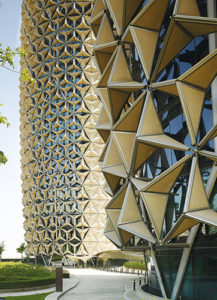
One can also imagine the amount of water, embodied energy, equipment and manpower required to just clean off all the settled dust on the thousands of square metres of glass and solar panels on all buildings in the Middle East! Nowadays, tenants spend a lot of money on interior layouts, in order to cut down the harsh light and heat coming in through the huge pans of un-shaded exterior glass.
Some architects have justified the use of glazing façades for ventilation purposes in the Middle East by their use of colourful renders showing red and blue arrowed air movements. Unless properly analysed and calculated, these sketched arrows of air movements make no sense at all. Architects assume that laws of physics must obey architecture’s will, i.e., air will force itself magically through glass openings as sketched on paper.
Glazing designs for ventilation purposes must be designed only after Stack and Coanda effects of air have been carefully studied and simulated through measured data in a particular built setting. There have been reports of sick-building syndrome, where occurrences of unexpected buoyancy and reverse air movements have taken place. I agree that the invention of glass, after the fire, has been an important technological innovation in mankind’s history.
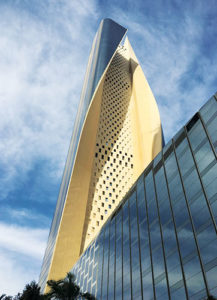
I would even attest to the fact that the Chinese lagged in scientific findings and advancement just because it was satisfied with its inherent ceramic and clay – glass was not manufactured and found useful by the Chinese till much after the Egyptians and Mesopotamians. It drastically reduced their scientific enquiry, with the absence of microscopes, magnifiers, refractors, beakers, spectacles, tubes, mirrors, etc. Glass is indeed important, but we need to interpret its usage logically and with an understanding of ecological imperatives, especially in the building façade industry.
The requirement for architecture to contribute to social and environmental sustainability now charges architects with a responsibility that goes beyond a simple design brief. I call upon architects to avoid creating these unwanted glass monsters, in terms of overall comfort and energy usage.
The future of architecture in the Middle East desperately lies in logical design, controlled urban growth and the acceptance of one’s own cultural roots. In saying the above, I remain hopeful.

(Note: The article do not presents JLL view, but it reflects author’s personal views and opinion)
